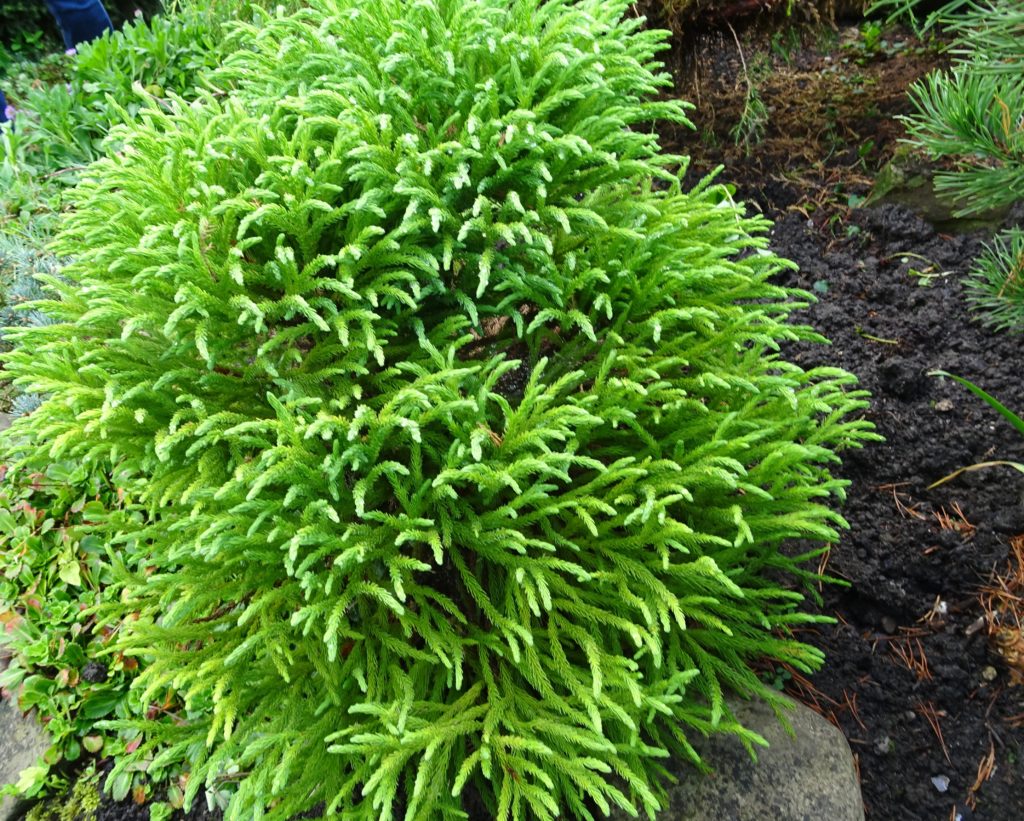The Iceman Cometh
 Norwegian Iceman Sculpture Cardiff
Norwegian Iceman Sculpture Cardiff
As if all the heavy rain has not been bad enough the icy weather is just around the corner. Jack frost will be nipping into your garden this month and may stick around for 5/6 months or so. It is worth revisiting some of the issues and options gardeners face.
Early Preparations
- Consider your water features including both still and moving. I start by lagging my outside taps and draining hosepipes.
- Be prepared for frozen bird baths and ponds with means of breaking the ice.
- I have cleared moss of the paths and hope to reduce icy slips.
- Check out hessian wrapping and/or horticultural fleece stock. I always remember to buy it when the frost has bitten.

Plant Protection
- Every gardeners tip says do not walk on frozen grass the stems become brittle and snap.
- Give tender plants shelter in a greenhouse, cold frame, window ledge or under some cover.
- Mulch well to protect roots.
- Sweep snow falls off the leaves and branches to stop them being permanently damaged.
- Wrap banana plants, tree ferns and exotics in sacking or other frost prevention measures.
- Some plants, particularly alpines, suffer more damaged from water than frost . So maintain drainage and don’t panic in the frost
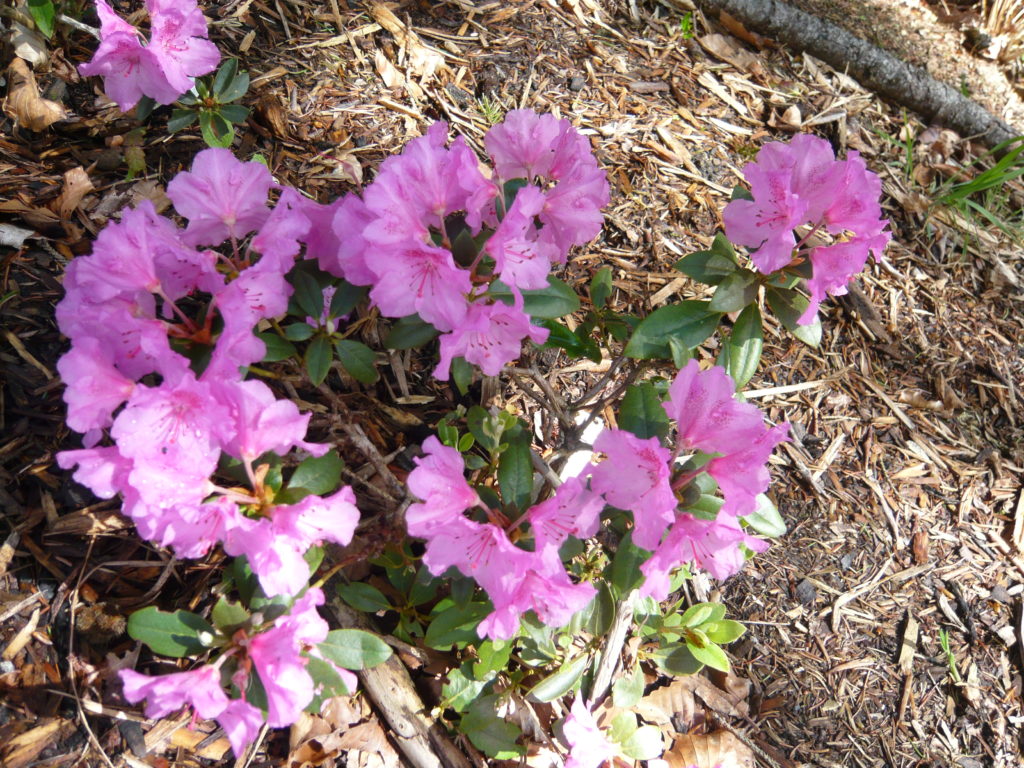

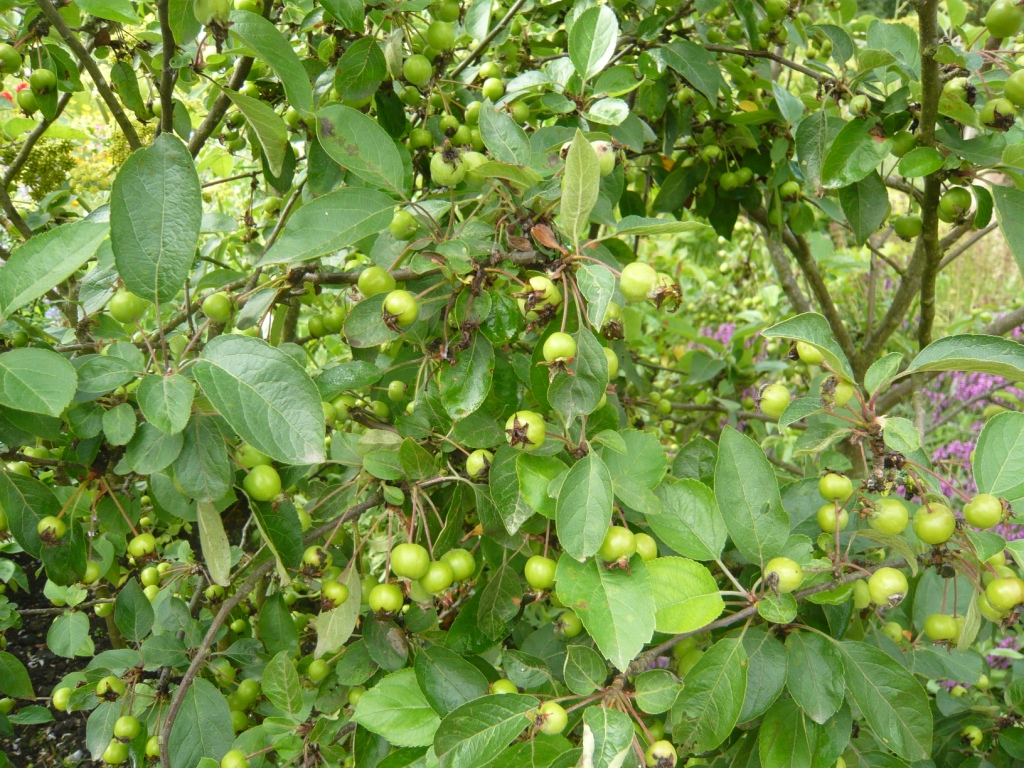
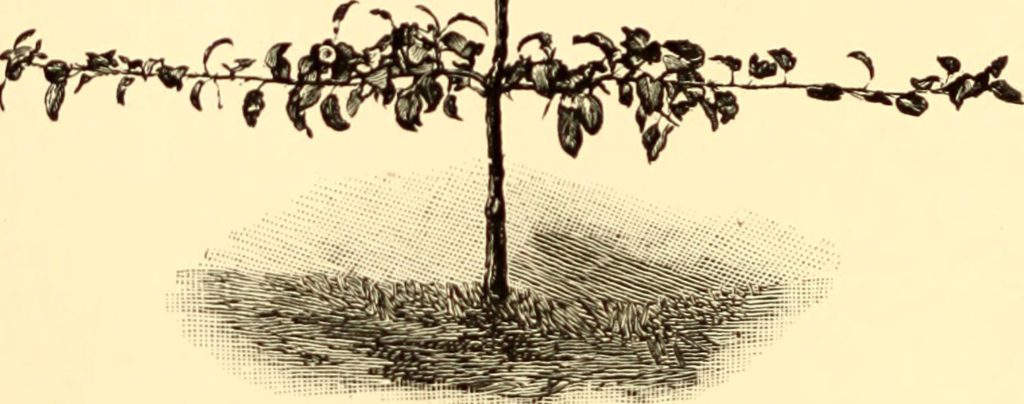
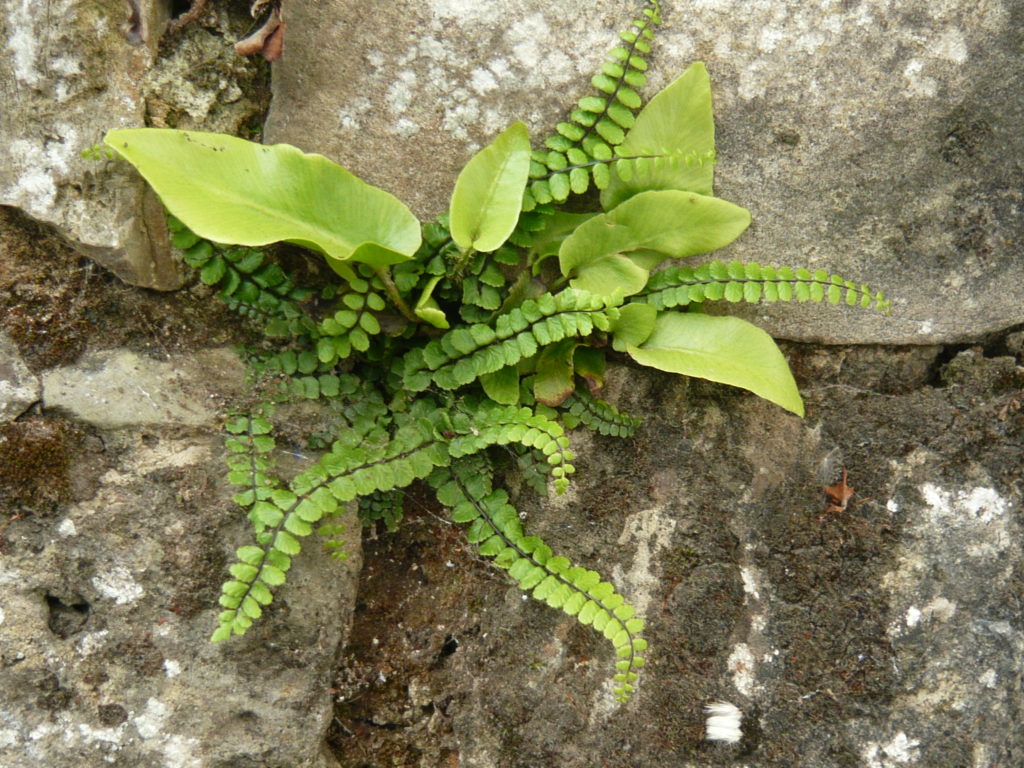
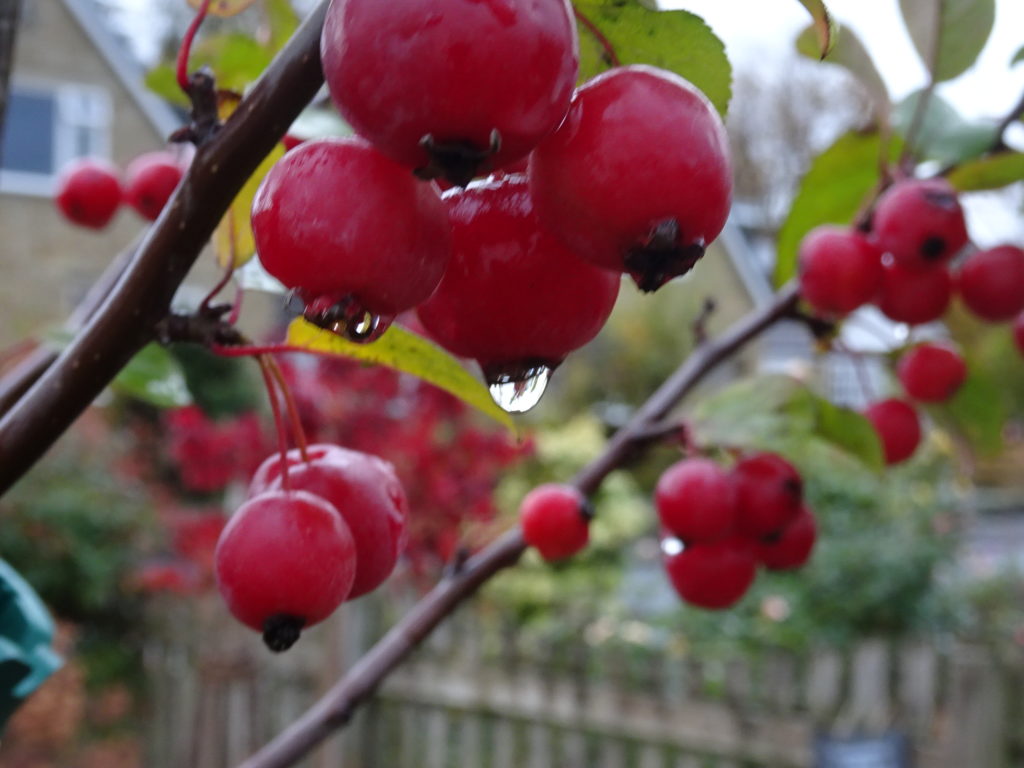
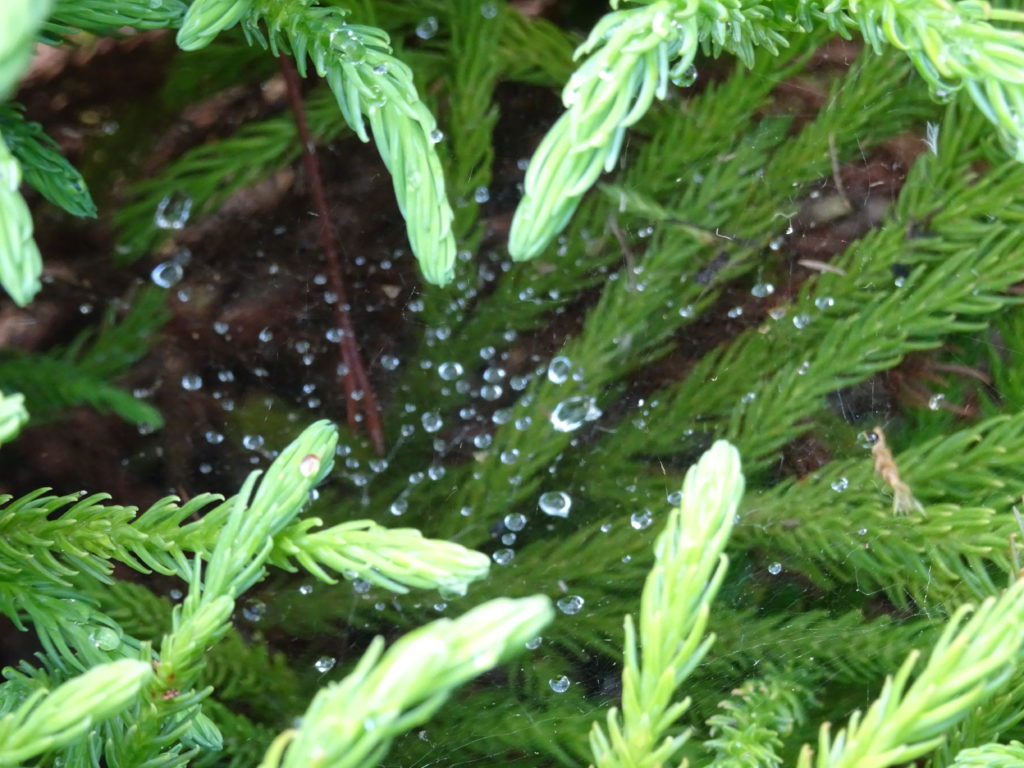 The dew on the spiders web doesn’t worry what the plant is called conifer, Picia or a more exotic variety (I have lost the label and there are many Picias to pick from). What the spider will be interested in is the type of insect attracted to the plant and thereby the web. Below is a picture of the 5 year old plant about 2′ high and a bit more in circumference. It is a well behaved plant and worth its place in the miniature conifery I am developing.
The dew on the spiders web doesn’t worry what the plant is called conifer, Picia or a more exotic variety (I have lost the label and there are many Picias to pick from). What the spider will be interested in is the type of insect attracted to the plant and thereby the web. Below is a picture of the 5 year old plant about 2′ high and a bit more in circumference. It is a well behaved plant and worth its place in the miniature conifery I am developing.